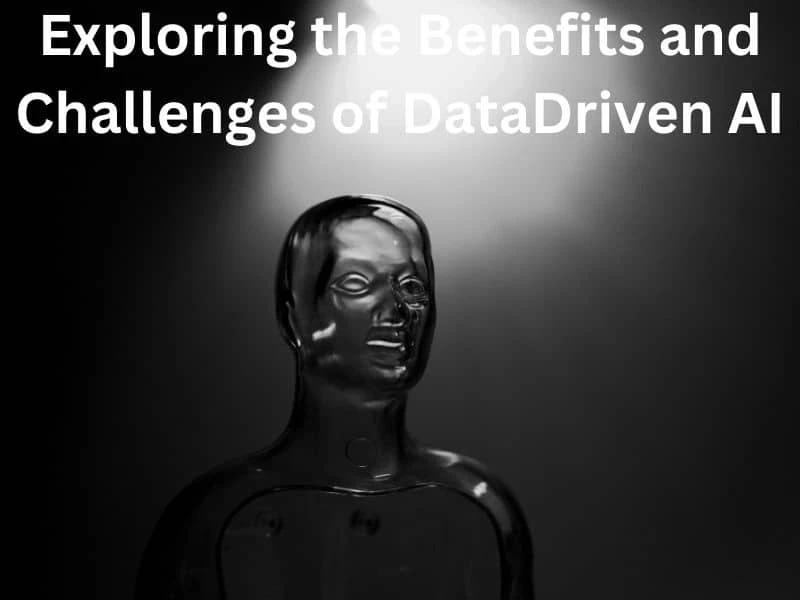Exploring the Benefits and Challenges of Data-Driven AI
Introduction to Data-Driven AIData-Driven AI is becoming increasingly common in today’s digital world. It can be used to increase efficiency, automate processes, and ...


Introduction to Data-Driven AIData-Driven AI is becoming increasingly common in today’s digital world. It can be used to increase efficiency, automate processes, and ...

